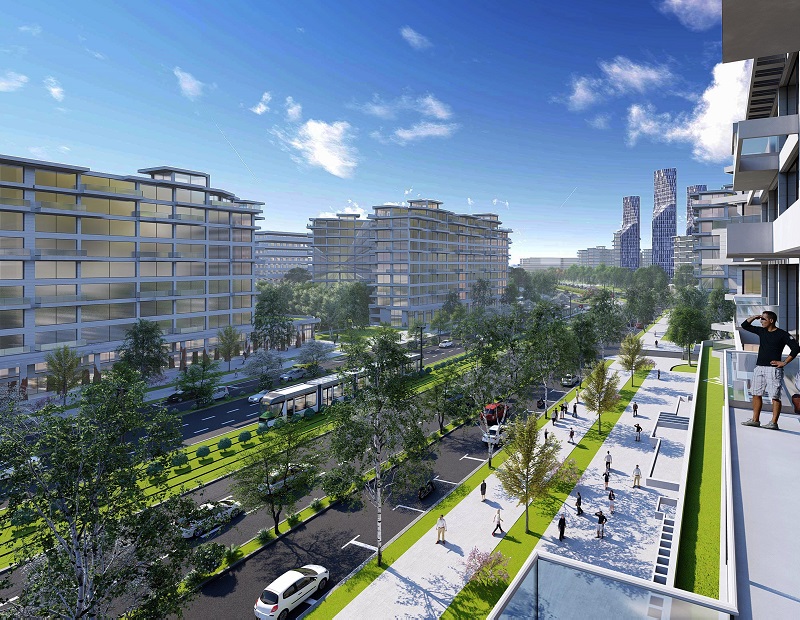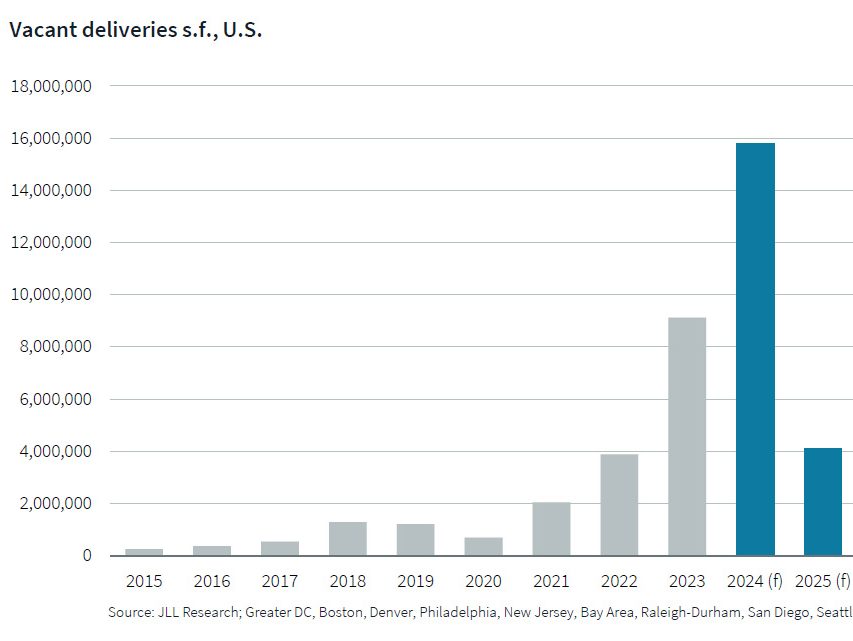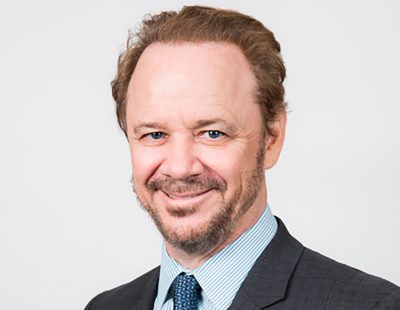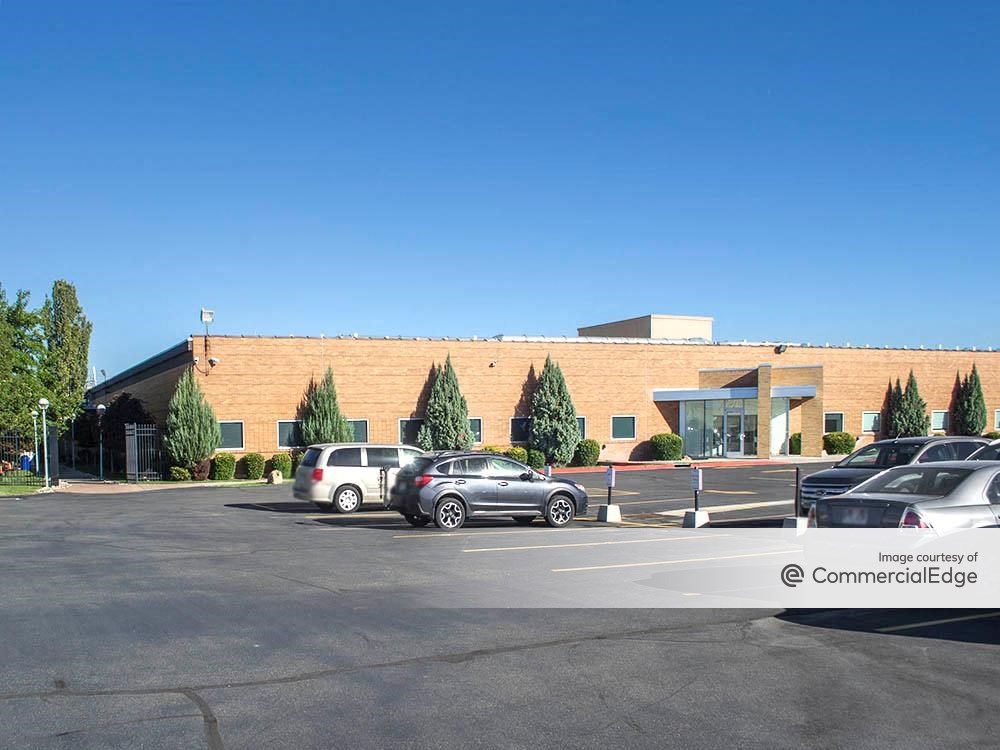Greenfield Development in CEE: Bucharest’s Ambition
The $2 billion Bucharest Centenary mixed-use project is set to breathe life into a 247-acre swath of land in the middle of Romania’s capital.
Greenfield development sites are a rare opportunity and as land becomes scarce or even non-existent in many large European cities, developers are taking on alternative locations to expand and diversify their portfolios. Central and Eastern Europe is increasingly becoming one of their preferred investment regions. In Romania, for example, the evolution of the country’s real estate market has been pushed by the recent status upgrade from “frontier market” to “emerging market” by global index provider FTSE Russell.
One of the largest projects in southeastern Europe is being built in Romania’s capital: the Bucharest Centenary Project. A roughly 100-hectare (approximately 247 acres) site entirely owned by the city’s District 5 authorities lays undeveloped just a couple of minutes from the city center. According to the recently presented masterplan, the City plans to build a 16 million-square-foot mixed-use project on it. Local authorities have already spent roughly 500,000 euros (approximately $560,000) on documentation and site preparation.
The Bucharest Centenary Project. Rendering courtesy of District 5 City Hall
“We want to build a city within the city. This is the largest urban development project in Central and Eastern Europe. A couple of months ago, 14 hectares (roughly 35 acres) were given to the Ministry of Defense for the development of a university campus. We also plan to build here a maternity, a polyvalent hall, an Olympic-size swimming pool and 14,670 units for young residents,” District 5 Mayor Daniel Florea said at the official launch of the project in Bucharest.
READ ALSO: Expo Real: What’s Ahead for Europe’s CRE Market
In addition to these facilities, the District 5 City Hall will also build the infrastructure for the new neighborhood and remain the owner of the land. For the residential and commercial components of the project, local authorities have started negotiations for several public-private partnerships.
International support
Earlier this year, the Municipality of Bucharest and the World Bank signed a reimbursable service agreement to support the authorities in prioritizing and implementing key local developments, including the Bucharest Centenary. “In Romania, lack of money should not be a constraint. It’s an attractive destination for world investors. Crucial public investments such as connectivity, urban spaces, hospitals etc. have to happen, but financing has to come from both the private and public sectors,” World Bank Country Manager for Romania and Hungary Tatiana Proskuryakova said.
The Bucharest Centenary Project. Rendering courtesy of District 5 City Hall
European Bank for Reconstruction and Development Regional Director for Romania and Bulgaria Mark Davis added that financing such a project means accessing several types of financing schemes. “It’s a great opportunity, a massive amount of land, but there’s a need of complex financing,” he said. “This is a 15-year project. We expect the private investment in this project to be around 1.8 billion euros (roughly $2 billion),” District 5 City Manager Rares Hopinca estimated.
“Bucharest is nearing the peak of its urban investment capacity and all the traffic problems and other issues are definitely not making it more attractive. But a project such as this one could help regain its allure,” Marius Cristea, senior urban development specialist at World Bank Group, said at the conference.
The District 5 authorities intend to break ground on the project in March and continue discussions with the private sector for the next phases of development.









You must be logged in to post a comment.